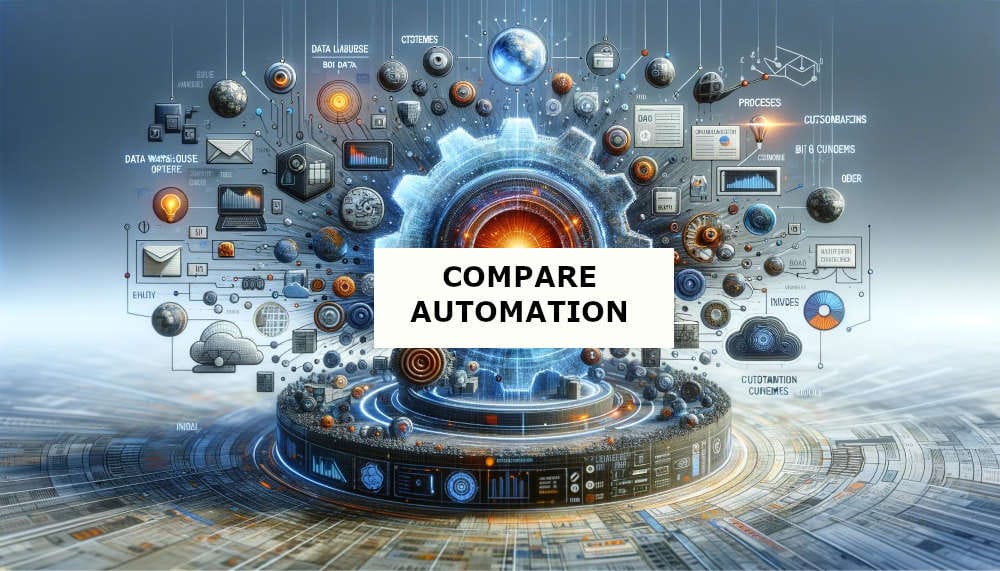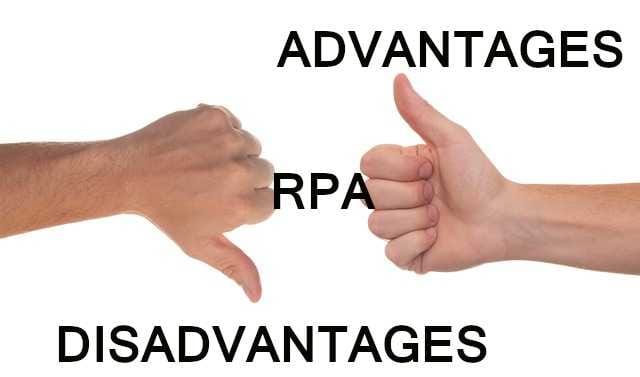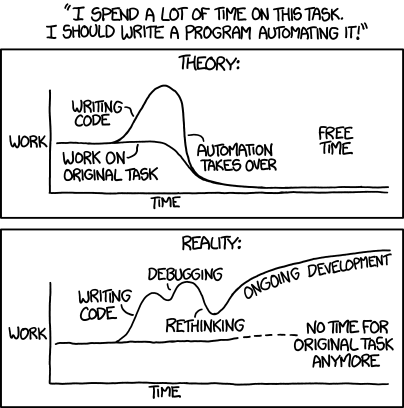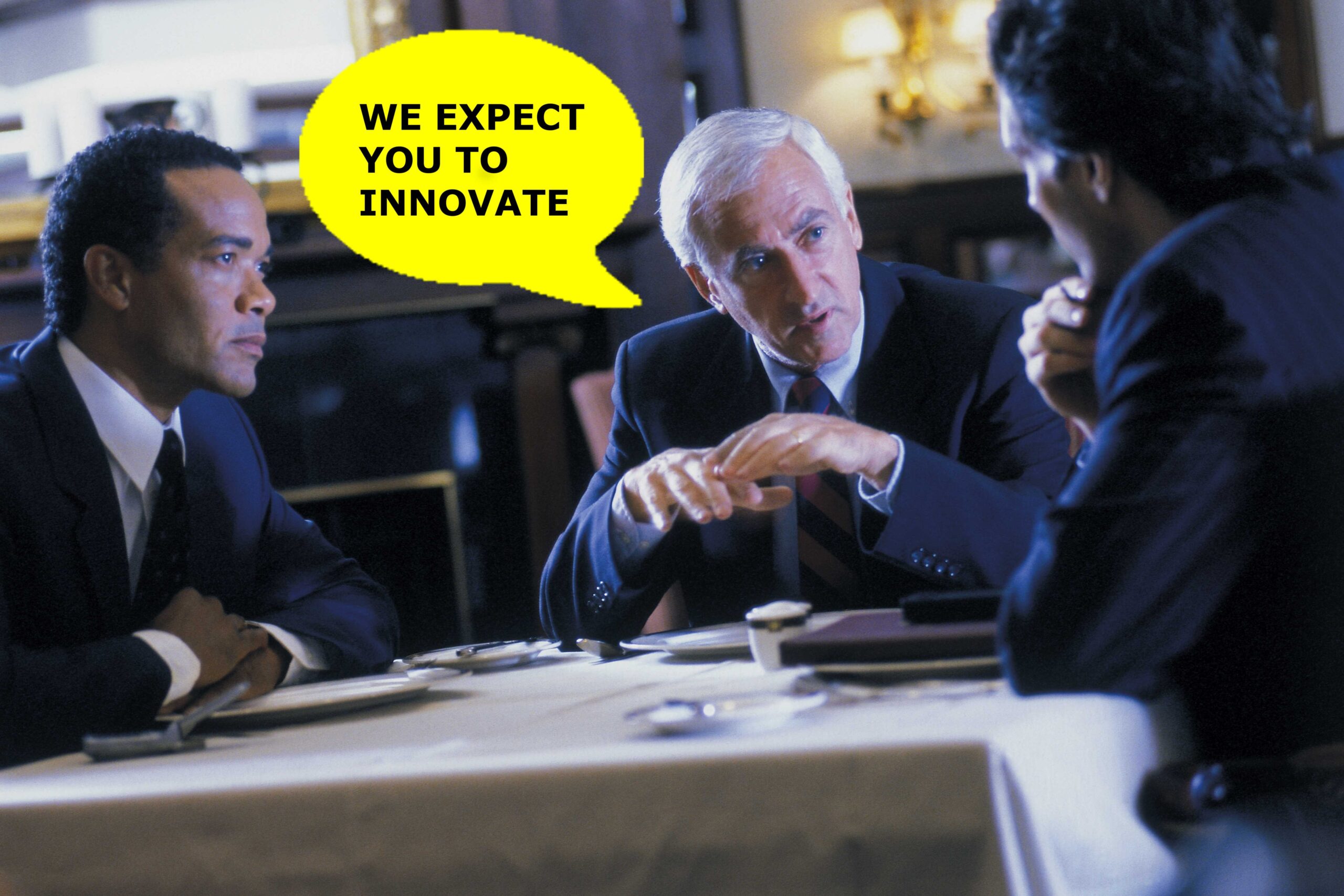RPA Blogs
This set of RPA Blogs have been created by Ether Solutions to address various aspects of RPA usage to solve Automation challenges in businesses that are looking to gain productivity benefits.
The RPA blogs are sequence by the date posted hence paging through them may be required to find the material for the specific RPA topic of interest.
In addition to these Blog posts, David Martin publishes a Newsletter on LinkedIn – “Business Beyond Automation“, click to see a list of Edition titles.
Documents are the catalyst for Business – How do you process Documents?
Read More
Comments Off on Documents are the catalyst for Business – How do you process Documents?
From 0 to 100: Scaling Your Business with RPA in Months
Read More
Comments Off on From 0 to 100: Scaling Your Business with RPA in Months
Compare Automation – n8n – Make – Zapier – Appian – UiPath
Read More
Comments Off on Compare Automation – n8n – Make – Zapier – Appian – UiPath
RPA in Business Supply Chain Delivering Benefits
Read More
Comments Off on RPA in Business Supply Chain Delivering Benefits
Advantages and Disadvantages of RPA
Read More
Comments Off on Advantages and Disadvantages of RPA
How RPA Can Slash Operational Admin Costs by up to 30%
Read More
Comments Off on How RPA Can Slash Operational Admin Costs by up to 30%
Business Survival Automate Boring Work Before Competitors
Read More
Comments Off on Business Survival Automate Boring Work Before Competitors
7 Signs You’re Wasting Time on Tasks That Could Be Automated
Read More
Comments Off on 7 Signs You’re Wasting Time on Tasks That Could Be Automated




















